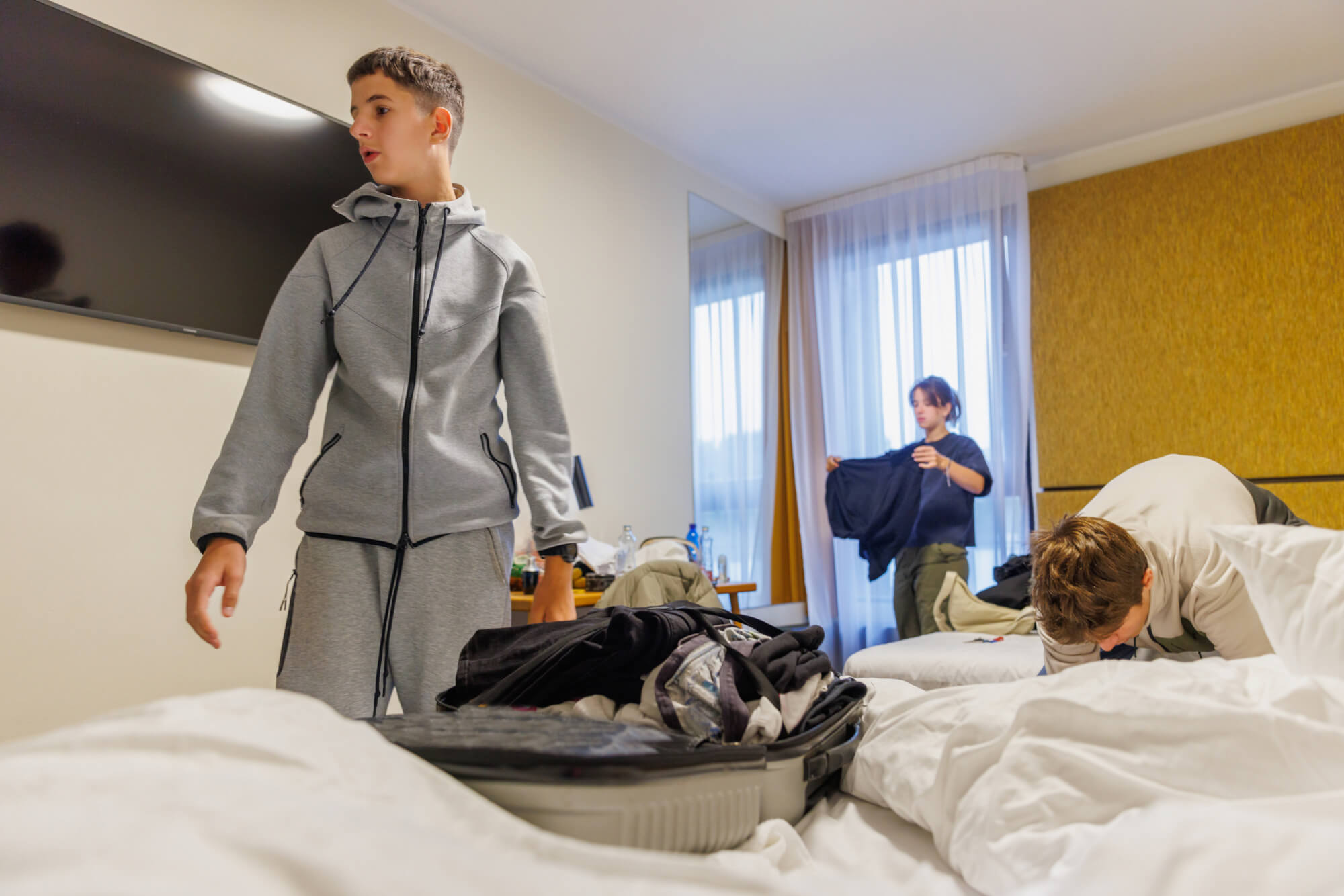The Rise of Hidden Homelessness - a Safeguarding Issue

When we think of the term homelessness most of us picture someone sleeping rough on the street. But that image only scratches the surface. Across the UK, thousands of children are growing up without a stable home, not in doorways or tents, but in overcrowded rooms, on friends’ sofas, in hostels, and in temporary accommodation. This is hidden homelessness, and it’s on the rise.
For schools and safeguarding leads, this barely recognised crisis presents complex challenges, as children affected by housing instability are often not flagged by traditional support systems. Yet their vulnerability is every bit as real and, in many cases, may be more difficult to identify.
What is Hidden Homelessness?
Hidden homelessness refers to people without a secure place to live who are not counted in official statistics. That includes:
- Families sofa surfing with relatives or friends
- Living in overcrowded housing
- Staying in B&Bs or hostels for extended periods
- Those evading contact with services due to fear of losing custody or immigration status
These families are out of sight, so often go unrecorded by Local Authorities or HM Government’s, Rough Sleeping Count, a snapshot of the number of people sleeping rough on one single night. But the reality is that they are increasing numbers of families in this situation.
What the Data Shows
As of the end of 2023, a record 145,800 children were living in temporary accommodation in England—a 15% increase in just one year, according to new government homelessness figures highlighted by Shelter (Record 145,800 children in temporary accommodation – up 15% in a year - Shelter England). In total, 112,660 households were recorded as homeless and in temporary accommodation, while over 317,000 households were either homeless or at immediate risk, marking the highest figures since records began. The leading cause remains the loss of private tenancies, with over 25,000 households threatened with homelessness due to Section 21 'no-fault' evictions.
However, these figures still don’t reflect the full scale of hidden homelessness. The Children’s Commissioner for England has warned that many children living in temporary accommodation face ongoing disruption, with some experiencing multiple moves each year. This instability can have a damaging effect on children’s education, emotional wellbeing, and ability to form stable relationships. In her 2023 report the Commissioner called for urgent reforms to ensure that children in housing crisis are properly supported and not left to experience years of insecure, unsuitable living arrangements.
Meanwhile, Centrepoint (Centrepoint – Youth Homelessness Databank) reports that around 129,000 young people aged 16–24 approached their local authority for help with homelessness in 2022/23, many of whom were never offered suitable housing.
The Impact on Children
For children, the effects of housing insecurity are wide-ranging:
- Education disruption due to frequent moves
- Chronic tiredness from overcrowded or noisy environments
- Poor diet and hygiene when families lack access to cooking or washing facilities
- Anxiety, stress and withdrawal—particularly for younger children
- Difficulty forming friendships due to unstable school attendance
Hidden homelessness also increases the risk of exploitation. Older children may spend time out of the home to avoid cramped conditions. This can leave them vulnerable to criminal or sexual exploitation.
What It Means for Schools
Hidden homelessness rarely comes with a signpost. There’s often no one form or alert that notifies a school when a family is struggling to find housing. Instead, schools must remain alert to smaller indicators:
- A pupil arriving consistently tired or unwashed
- Missing PE kits, books, or lunch regularly
- Disengagement or sudden changes in behaviour
- Disclosures about moving house or sleeping arrangements
- Parents seeming anxious or evasive during contact
The Keeping Children Safe in Education (KCSIE) guidance advises staff to consider the context around a child’s life, and hidden homelessness is a prime example of why that matters. Without understanding the full picture, safeguarding concerns can be missed or misread.
So what can schools do?
- Raise Awareness Among Staff
- Include hidden homelessness in safeguarding and staff briefings. Make sure staff are trained and know what signs to look for and how to approach conversations with sensitivity.
- Strengthen Relationships with Families
- Families facing homelessness may be fearful of judgment or of social services. A warm, non-judgemental relationship with the school can encourage them to seek help earlier.
- Work Closely With Local Authorities
- Some children in temporary accommodation are not on any official list. Schools can work with housing teams or children’s services to ensure vulnerable pupils are identified and supported.
- Offer Practical Support
- Small things can make a huge difference—uniform donations, a quiet space at lunch, signposting to food banks or housing charities. Even just flexibility around homework or attendance can relieve pressure on families in crisis.
- Document Concerns Carefully
- Even if a family hasn’t disclosed housing issues directly, record any emerging patterns. Cumulative information can be vital if a referral is needed later.
Hidden homelessness is not just a housing issue, it’s a safeguarding issue. As more families face the fallout from rising rents, evictions, and cost-of-living pressures, schools are likely to be the first and may be the only place where concerns are noticed.
If we wait for these children to be counted, we’ll miss them. By recognising the quiet signs, offering consistent support, and listening with compassion, schools can become a lifeline for pupils whose home lives are far more precarious than they appear.
SSS Learning
28 May 2025